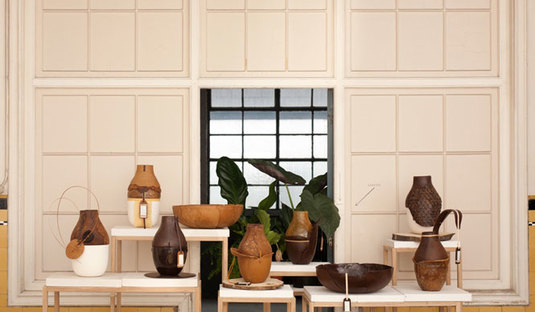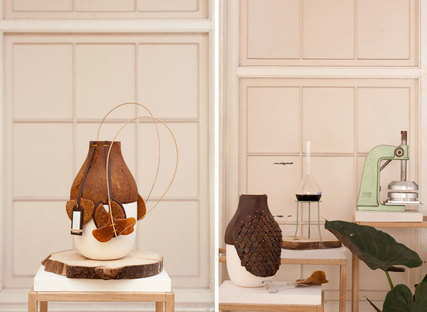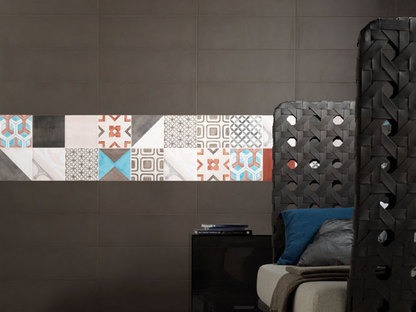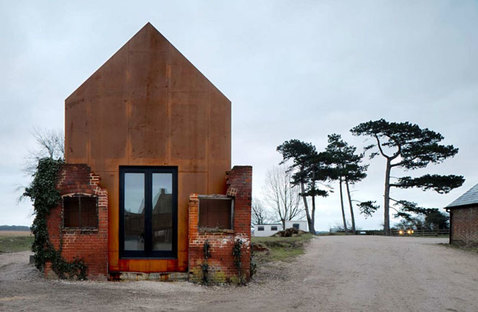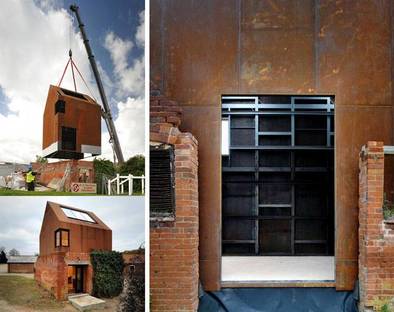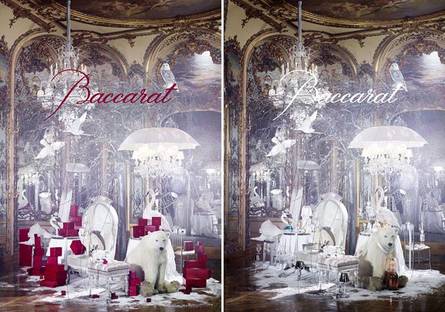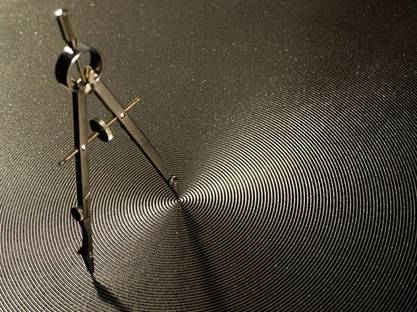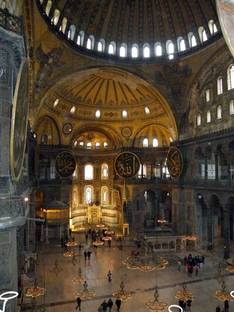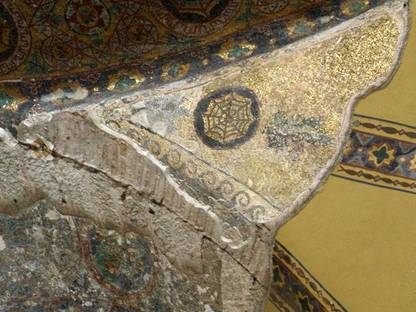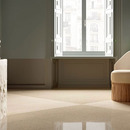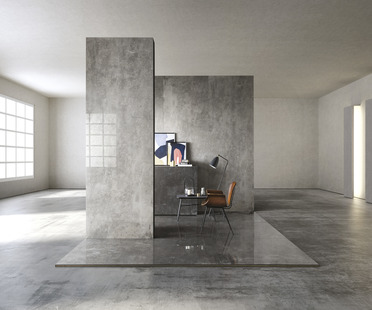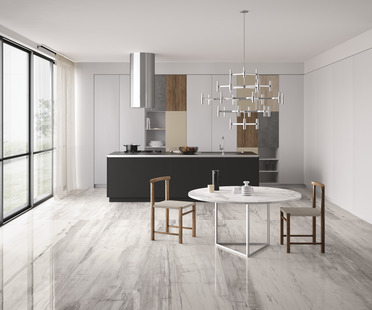22-03-2012
Layered architecture
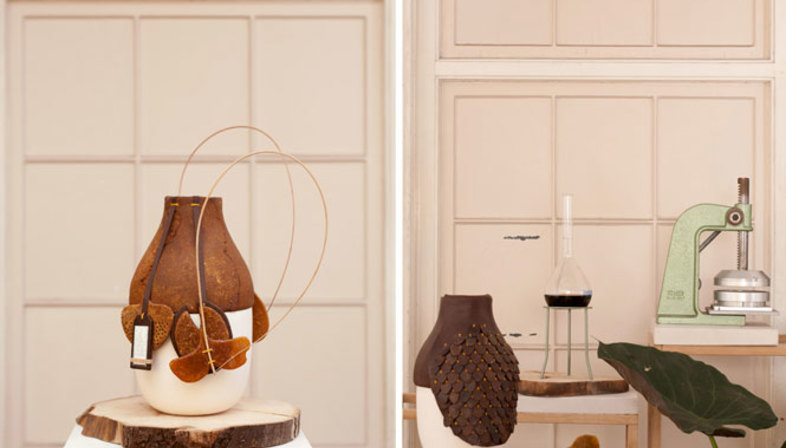
The minimalist trend in design in the past two decades led to an attempt to identify the archetypal form of every object, inspiring designers to create objects, materials and environments pared down to their simplest essence, freed of decorative superstructures and created out of in-depth study of their primary meaning.
What initially was an act of intellectual rigour has now been superseded by designers who focus on the sentiment of complexity in contemporary design: they deny the resolution of reality in an object?s primary definition, in specialisation, preferring an interpretation resulting from accumulation of information, images and meanings to multiply points of view. Just as the internet does not lead us to the heart of a concept, but, like an overturned funnel, opens up different levels of possibility.
The method no longer involves cutting away and eliminating, but rather safeguarding all the cultural, emotional and aesthetic layers that have formed with time to put as many different definitions as possible on the table for discussion. And so the superimposed material and conceptual levels of design, once considered something to be torn away one by one, are now carefully preserved to allow us to admire the resulting polyphony.
This type of sensibility can be found in all fields of creativity: the layers of polymers taken from plants in the Botanica collection by Formafantasma, the history of decoration coming together in Iris Ceramica?s Kreo tile series, the decorative surfaces of Antonio Marras? fall/winter 2012-2013 styles, the layering of time in Haworth Tompkins? architecture, the drama of Kevin Mackintosh's photographs for Baccarat, the use of light to interpret porcelain stoneware in Granitifiandre?s Luminar.
Maybe this is why we are still amazed at the sight of a building such as Aya Sofya in Istanbul, which preserves the clearly readable signs of its transformation from a Christian basilica to a mosque and a museum.
Mara Corradi
01_Formafantasma, Botanica collection, objects made of natural polymers, presented by Marco Petroni, Fondazione Plart, 2011, ph. Luisa Zanzani
02_Formafantasma, Botanica collection, objects made of natural polymers, presented by Marco Petroni, Fondazione Plart, 2011, ph. Luisa Zanzani 2011
03_Iris Ceramica, Kreo collection, floor and wall coverings inspired by the tradition of ceramics. `70s style decorations in the colours of today for designing the home
04_Antonio Marras, fall/winter 2012-2013 women?s collection, Milan
05_Haworth Tompkins, Dovecote studio, Aldeburgh Music campus in the ruins of a dovecote, Suffolk (UK), 2009
06_Haworth Tompkins, Dovecote studio, Aldeburgh Music campus in the ruins of a dovecote, Suffolk (UK), 2009
07_Baccarat Advertising campaign, Christmas 2011, Ph. Kevin Mackintosh, set di Daryl McGregor
08_Granitifiandre, Luminar collection, porcelain stoneware floors for interior design: porcelain stoneware that reflects and generates light
09_Santa Sofia, Istanbul, church built by Emperor Justinian in A.D. 537, transformed into a mosque by Sultan Mehemet the Conqueror and then into a museum by Atatürk in 1934
10_Santa Sofia, Istanbul, detail of the golden mosaics found underneath the plaster










